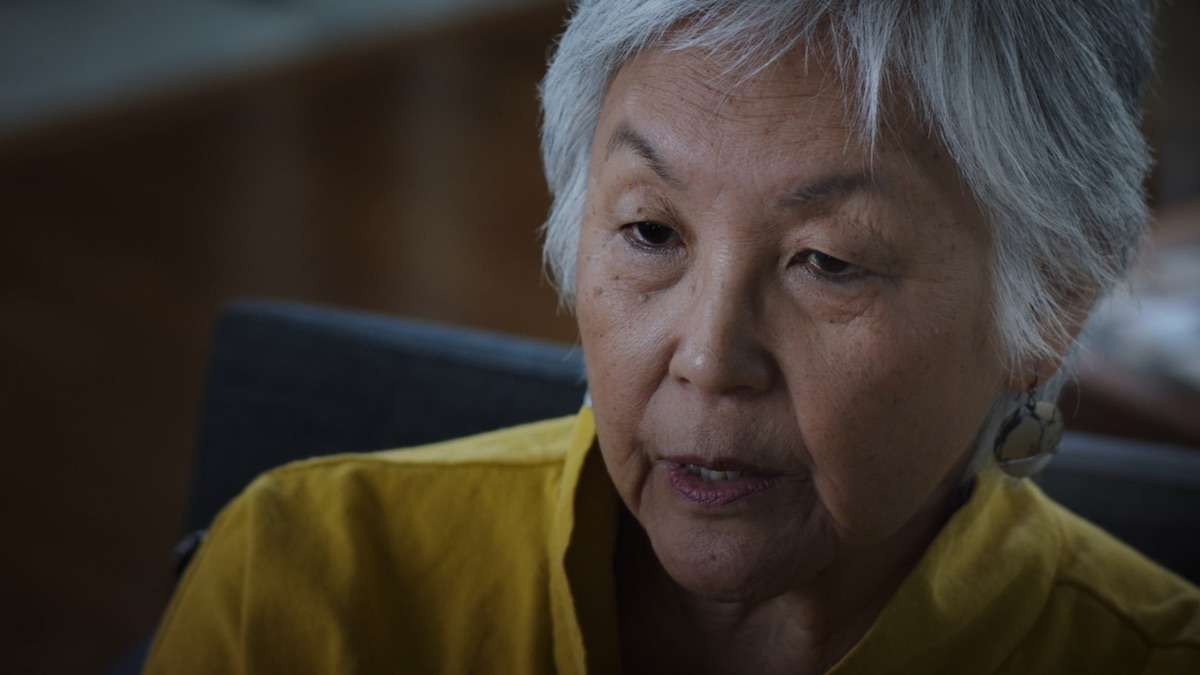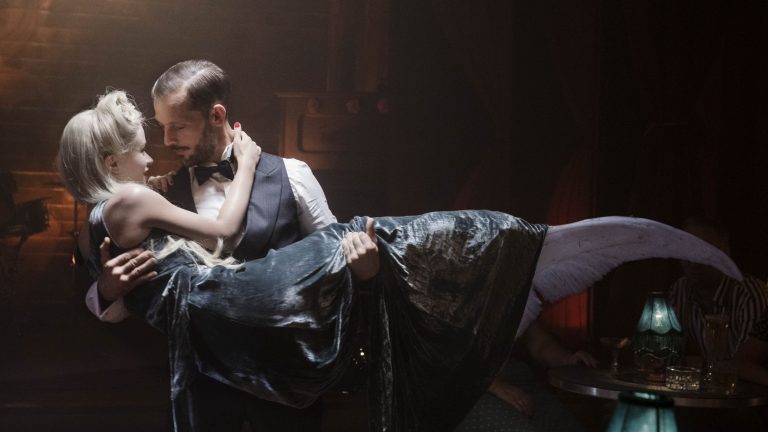On Metacritic, Citizen Kane ranks third in the list of best movies of all time with an aggregate score of 100. Roger Ebert termed it his favorite film of all time. It was also called the greatest American film by BBC in their 2015 poll. Citizen Kane’s legacy has been rendered autotrophic with time and continuous re-evaluations. The timelessness of the film is well established given the world’s fascination for fascism and the capitalist’s sympathy for the same due to the profit-interest. But every story is birthed from another story.
Citizen Kane is a story of a story. Its very basis is founded in the reconfiguration of the United States of America in the wake of the Great Depression and the Second World War. Danny Wu’s 2022 documentary American: An Odyssey to 1947 explores the grounds on which Citizen Kane was planted, the grounds on which Orson Welles flourished and then systematically diminished, the grounds that expose America’s racial character, and how all American institutions have fostered that.
What begins as yet another post-life examination of a man who has etched his name in history with his merit, privileges, and a firm political voice soon goes deeper to examine the connections between the various sociopolitical events and their impact on each other. Welles was born into a well-to-do family, but his mother was taken away from him at an early age.
At boarding schools that promote creativity among their students, Welles’ theatre acumen is nurtured, and the heart of an artist comes to life. At the age of sixteen, he embarks on a painting tour in Ireland and ends up performing a small role in Dublin’s Gate Theatre production. Upon returning to the US after being unable to obtain a work permit in Europe for a continued expedition, Welles attempts to join the theatre.
Welles is spotted by someone who had heard about his performances in Dublin Gate, and he is connected with Katherine Cornell, only to end up getting cast for a role in her latest production, Romeo and Juliet. He is spotted in his performance by a theatre producer, John Houseman, with whom Welles goes on to work under the Federal Theatre Project, part of the New Deal relief program that ensured livelihood support to the artists. Welles’ mercurial rise in the theatre in the FDR era showcases the prowess of his merit and the privileges that the commentators now call “luck.”
The documentary consists of a few anecdotes and multiple observation/investigation-based testimonials from the colleagues of and experts on Orson Welles who have thoroughly studied him as a subject. The testimonials, shot and rendered in color, exist between monochromatic montages of images and image-based animations charting the course of events during the period of the Great Depression and World War 2.
While Welles is treated as the primary subject, the documentary puts a secondary but nevertheless, important focus on two victims of America’s institutionalized racism to reveal a cruel aspect of its society. Where it falters for the first time is in its presentation of Welles’ ascent as an outcome of his luck, of him being at the right place at the right time with the right confidence, rather than acknowledging the privileges Welles possessed as a white man in a pre-Civil Rights US society.
Welles’s mentorship nurtured his talents and provided him with a platform to showcase his development. He was listened to, and he made people listen. And that’s what happened when Welles was approached by Hollywood. A man in his early twenties laid out the terms of his entry into Hollywood before the studios, which would be complete creative control of his debut project. When Welles didn’t compromise on his terms, Hollywood bowed down to his will, and now it came upon Welles to select the subject of his first film, one that would change the course of cinema.

The media mogul William Randolph Hearst had provided Franklin D. Roosevelt with critical press support in his presidential campaign in exchange for a promise for stagnant income taxes. Upon assuming presidential powers, Roosevelt began stabilizing the economy with increased government interference in the market, thereby alienating Hearst. The final blow that completely detached Hearst was Roosevelt’s progressive income taxation, compelling Hearst to claim how communist tendencies had infiltrated the USA.
Hearst emerged as a critical figure in shaping the country’s political climate. The person who ensured the mounting of a progressive in the presidential chair during the Great Depression became a proto-fascist with his appreciation for Hitler and his hostility towards government interference in the market to bring relief to the destitute and the unemployed. His continued hostility and propaganda ended up killing the Federal Theatre Project and strengthened the isolationist movement during World War II. Hearst’s political threat to economic stability in the USA renders him a perfect subject for a cinematic exploration, inspiring screenwriter Herman J. Mankiewicz and Orson Welles, and Citizen Kane goes into making.
The documentary isn’t restricted to the genesis of Citizen Kane but also about its journey to the theatres and its impact on Orson Welles’ career. In post-war America, Welles’s commitment to political causes and history in films made him the target of FBI surveillance at the encouragement of William Hearst. In the era of McCarthyism, the anti-communist sentiment peaked and led to a Hollywood blacklist, eventually forcing Welles out of the USA and shift to Europe.
Exploring the chain of events, Danny Wu’s documentary does an interesting job of exposing the linkages between each event and asserting the satirical character of Citizen Kane in its portrayal of the various shades of William Hearst. It also questions the treatment the Japanese Americans had to face during the Second World War for the color of their skin, unlike German and Italian Americans. Through the story of Isaac Woodard Jr., a black veteran blinded by white police officers upon his return from the war, which Welles promoted via radio to demand justice, the documentary reflects the depth of Welles’ commitment to the cause of civil liberties.
As a cinephile, I was thoroughly intrigued by Welles’ story. While at the same time, the cinephile in me wasn’t completely satisfied with what the documentary offered. It is shy of experiments and has no revelation that can’t be found otherwise. Given Welles’ contribution to cinema and his outspokenness, there remains a huge room for narrative experimentation in divulging details of his character while situating it in history.
Danny Wu creates this biographical account from the perspective of an admirer of the subject and manages to keep it critical of the state that prosecutes political opponents and violates constitutional rights at its convenience. But American: An Odyssey to 1947 breaks no new ground in documentary cinema.






![VHYes [2020] Review: An experimental, satirical mixed-bag of late night 80s nostalgia](https://79468c92.delivery.rocketcdn.me/wp-content/uploads/2020/01/VHYes-highonfilms-768x609.jpg)


